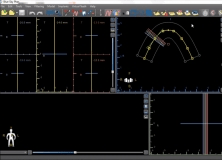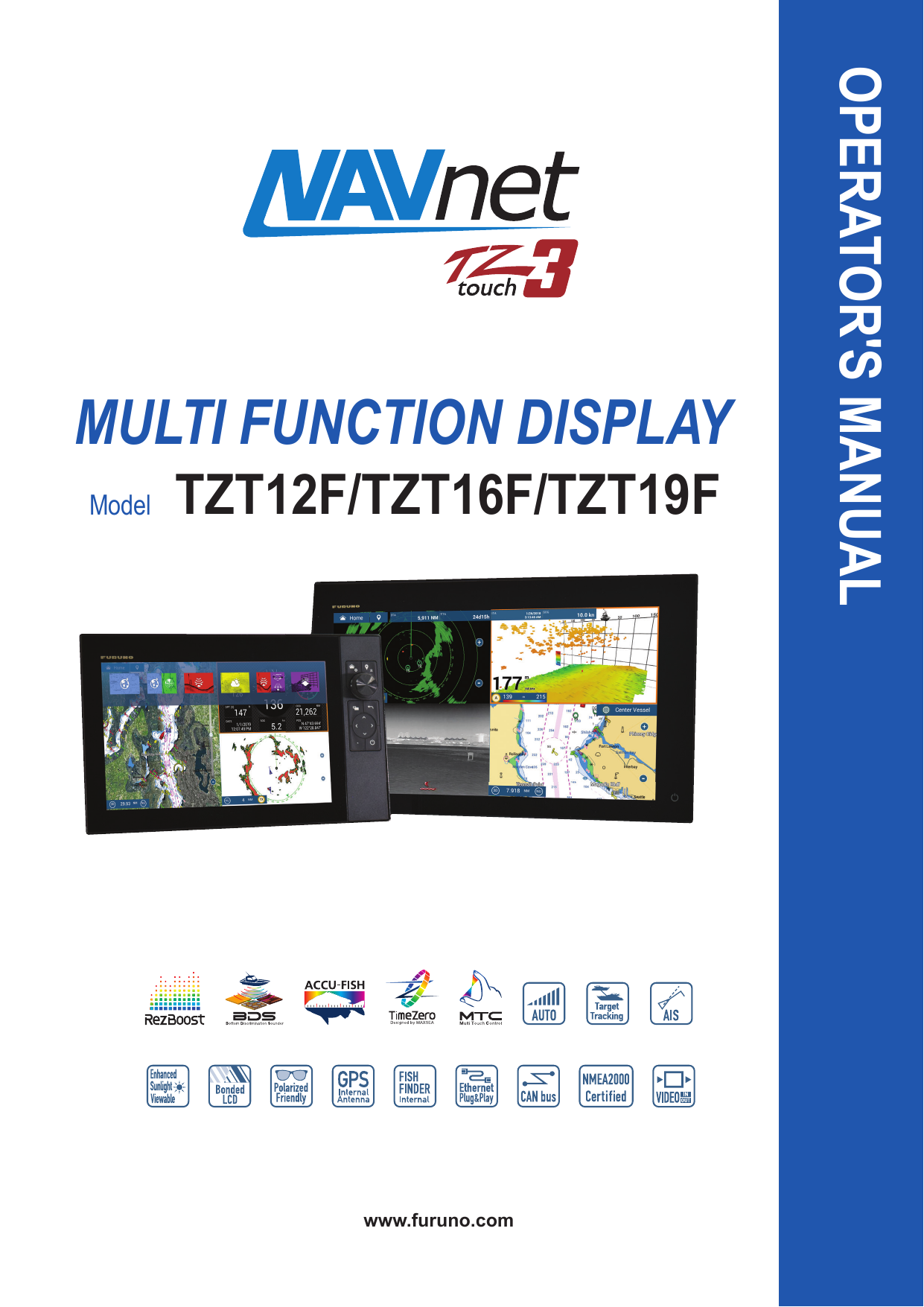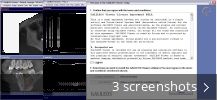
The Galileo's law of odd numbers states that the distances traveled are proportional to the squares of the elapsed times. ? Galileo -A projectile moves in constant horizontal motion simultaneously with a constant vertical acceleration.

? Aristotle -Initial impetus is supplied to an object, making it move a new region. In this manner, what are the ideas of Aristotle and Galileo about motion?Īccording to Aristotle, the motion of physical bodies is of two types: natural motion and violent motion. Therefore, if two balls were dropped from the same height, the bigger and heavier one would hit the ground first. He also believed that objects fell faster than others because of their size and mass. One may also ask, what is the difference of Aristotle's ideas of motion to Galileo's view of motion? The way Aristotle believed objects fall on the Earth Aristotle's theory of motion was different than Galileo's. One of the first things Galileo contributed to science was on forces and motion. In this regard, what was Galileo's contribution to the study of motion?Įxplanation: Galileo Galilei (1564 - 1642) was an Italian physicist, mathematician, engineer, and philosopher that is mainly known for the telescope and the heliocentrism. objects resist change in motion, which is called inertia. objects always have a velocity, sometimes that velocity has a magnitude of zero = rest. determined that the natural state of an object is rest or uniform motion, i.e. In order to avoid the possible contamination of one of Jupiter's moons, the Galileo space probe was purposely crashed into Jupiter at the end of its mission in September 2003.Galileo's laws of Motion: developed the idea of force, as a cause for motion. During its 14-year voyage, the Galileo space probe and its detachable mini-probe, visited Venus, Earth, the asteroid Gaspra, observed the impact of Comet Shoemaker-Levy 9 on Jupiter, Jupiter, Europa, Callisto, IO, and Amalthea. In 1989, Galileo Galilei was memorialized with the launch of a Jupiter-bound space probe bearing his name. Happy Birthday Galileo and thanks for all the celestial gifts! Galileo's work laid the foundation for today's modern space probes and telescopes. Galileo's discoveries about the Moon, Jupiter's moons, Venus, and sunspots supported the idea that the Sun - not the Earth - was the center of the Universe, as was commonly believed at the time. He discovered that the sun has sunspots, which appear to be dark in color. Not knowing that looking at our very own star would damage his eyesight, Galileo pointed his telescope towards the Sun. With his observations of the phases of Venus, Galileo was able to figure out that the planet orbits the Sun, not the Earth as was the common belief in his time.Ĭurious about the Sun, Galileo used his telescope to learn more. Galileo turned his gaze toward Venus, the brightest celestial object in the sky - other than the Sun and the Moon. Click here for more information about space probes that have visited and observed Jupiter. Continuing Galileo's legacy, modern telescopes and space probes observe the wonders of Jupiter's many moons. His discovery challenged common beliefs of his time about the bodies of our solar system. Within days, Galileo figured out that these "stars" were actually moons in orbit of Jupiter. The planet had four "stars" surrounding it. When Galileo pointed his telescope at Jupiter, the largest planet in our solar system, he made a startling discovery. He soon made his first astronomical discovery.Īt the time, most scientists believed that the Moon was a smooth sphere, but Galileo discovered that the Moon has mountains, pits, and other features, just like the Earth. In 1609, using this early version of the telescope, Galileo became the first person to record observations of the sky made with the help of a telescope. If Galileo were around today, he would surely be amazed at NASA's exploration of our solar system and beyond.Īfter learning of the newly invented "spyglass," a device that made far objects appear closer, Galileo soon figured out how it worked and built his own, improved version.



Galileo sparked the birth of modern astronomy with his observations of the Moon, phases of Venus, moons around Jupiter, sunspots, and the news that seemingly countless individual stars make up the Milky Way Galaxy. Born in 1564, Italian astronomer Galileo Galilei's observations of our solar system and the Milky Way have revolutionized our understanding of our place in the Universe.


 0 kommentar(er)
0 kommentar(er)
